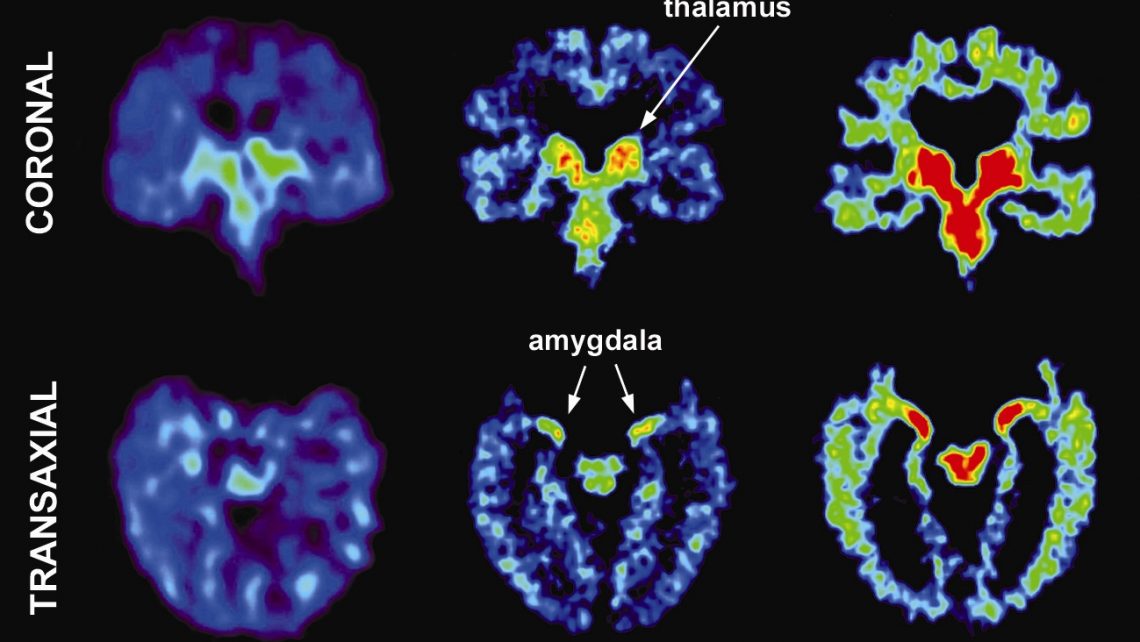Head Trauma Strongly Linked To Chronic Traumatic Encephalopathy But Precise Relationship Not Yet Known
No consensus on causation
Rejecting the blanket conclusion that there is a definitive causal and effect connection between repetitive head trauma and CTE, the most recent international consensus statement on concussion in sport (“Zurich statement”) (now four years old and about to be superseded by a 5th consensus statement which will come out a conference in Berlin, Germany in October 2016 (13), cautions that a relationship has “not yet been demonstrated between CTE and concussions or exposure to contact sports.”
It notes that “there are no published epidemiological, cohort or prospective studies relating to modern CTE. Owing to the nature of the case reports and pathological case series that have been published [including the McKee studies], it is not possible to determine the causality or risk factors with any certainty.”
“As such, the speculation that repeated concussion or subconcussive impacts cause CTE remains unproven,” the Zurich statement continues. “The extent to which age-related changes, psychiatric or mental health illness, alcohol/drug use or co-existing medical or dementing illnesses contributed to this process is largely unaccounted for in the published literature. [As a result], the interpretation of causation in the modern CTE case studies should proceed cautiously.”
Remarkably, the Zurich statement discussion of CTE concludes with a direct shot at the media in which it recognizes the importance of addressing the “fears of parents/athletes from media pressure related to the possibility of CTE.” Such a view is echoed by Randolph in the 2013 NFL retiree study (26), in which he laments that “the media attention to this issue continues to far outweigh any meaningful results from sound experimental science,” and in four other recent literature reviews. (39-42)
“Doth protest too much, methinks” (29)
There was, not surprisingly, immediate pushback upon the Zurich statement’s release in March 2013 from the research group at CSTE, the group most associated with the argument – repeated by many in the media – that such a causal connection had already been proven.
Said one of the Zurich statement co-authors, Dr. Robert Cantu, MomsTEAM concussion expert emeritus and CSTE director, in an interview with NewJersey.com. (15) “When I saw that [it said] we need more data in terms of CTE, I wrote to the other authors, in essence, ‘What the hell do you mean that we need more data?’ The whole breadth of the document is large, and 99 percent of it it I strongly support. But that part of it, I don’t support at all. Frankly, it stunned me.”
Dr. Cantu’s colleague, Dr. Ann McKee, likewise expressed befuddlement at the Zurich statement’s treatment of CTE, telling NewJersey.com, “This is a time that calls for immediate action to reduce the amount of head trauma experienced by athletes in all sports to prevent CTE.” She asserted that it would be “irresponsible to justify inaction by requesting a level of scientific proof that will take decades to acquire,” expressing the fear that, to suggest that CTE “may not be part of the impact exposure, but rather due to other yet unidentified factors,” could give tacit permission to those who play collision sports to proceed as if there is no urgent problem when concussions arise.
It wasn’t intended to have such an implication, Dr. Rosemarie Scolaro Moser, a member of SmartTeams concussion group and sports concussion neuropsychologist, told NewJersey.com. Instead, she cautioned that it would be jumping to conclusions to say, ‘If you play football, you’re probably going to get CTE.’ Which is not the case. So what differentiates those with CTE from those who don’t have it? That’s what we need to know.”
Continued skepticism
It remains to be seen what the participants in the 5th quadrennial international concussion conference, scheduled for October 27-28, 2016 in Berlin, will decide to say about CTE in light of the state of research in the four years since Zurich.
There nevertheless remains continued skepticism by many in the medical, scientific, and concussion research communities as to whether repetitive head impacts can, in and of themselves, cause CTE.
As an August 2015 editorial in the British Journal of Medicine editorial (67) put it: “It still remains unclear if brain damage is an inevitable consequence or an avoidable risk of [contact or collision sports].”
Dr. McKee’s “study of brains with CTE appear to be all former NFL players, 1 from high school and 1 from college, but what about soccer players?” wondered Scott L. Bruce, MS, ATC, co-author of the 2004 NATA Position Statement on Sports-related Concussions and Founder of the Chattanooga Concussion Prevention Initiative, in a comment to a concussion blog entry (17) after viewing the PBS Frontline documentary League of Denial in which she was featured.
“Or what about athletes from other sports? What about females vs. males? What about those players who play college football, but never go on to play in the NFL? Of the number of high school players who never play college football? Are any of their brains examined for CTE? If so, what were the findings?”



